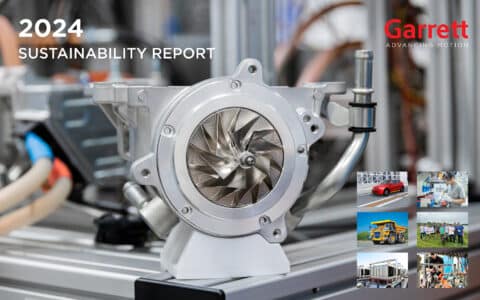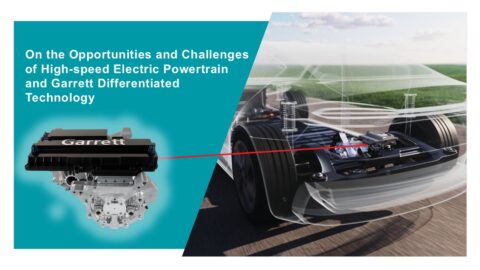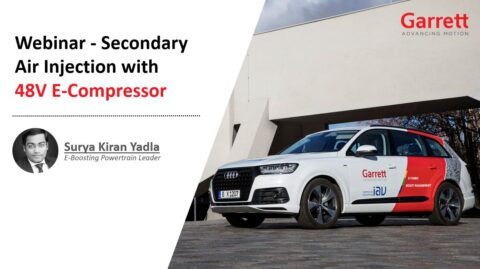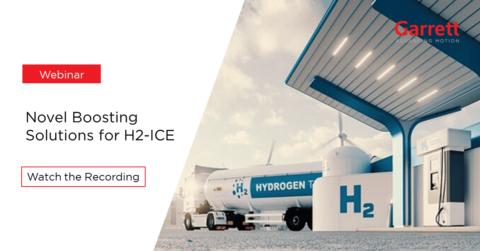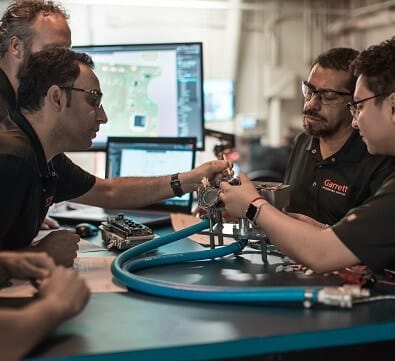Abstract: The next Euro 7 Emission Regulation will probably require gasoline engines to have full λ=1 combustion operation, in order to limit production of pollutants deriving from rich combustion. Since such operation will significantly limit engine output, few technologies as water injection, cooled exhaust EGR, variable compression ratio, integrated cooled exhaust manifold, Miller cycle with Variable Turbine Geometry and, more recently, electric turbocharger have gained visibility for the purpose of maintaining power density and displacement.
Following the application of a 48V E-Turbo to a 2.0 litre gasoline engine, presented at the Dresden Aufladentechnische Konferenz in 2019, this pa-per focuses on the coupling of a smaller 48V E-Turbo to a 1.33 litre engine with the purpose of enabling full-map stoichiometric combustion, by limiting turbine and catalyst inlet temperatures, yet providing higher power, torque and transient capability than the baseline, for further downsizing possibility.
This paper explains the principle of the turbocharger matching with regards to the λ=1 objective and includes the main results of experimental investigations conducted on engine dynamometer and on a C segment vehicle, highlighting torque, power, transient capability and fuel consumption benefit of the proposed E-Turbo solution compared to the base-line.
Further considerations on different turbine technology for E-turbo use are discussed in the paper.








